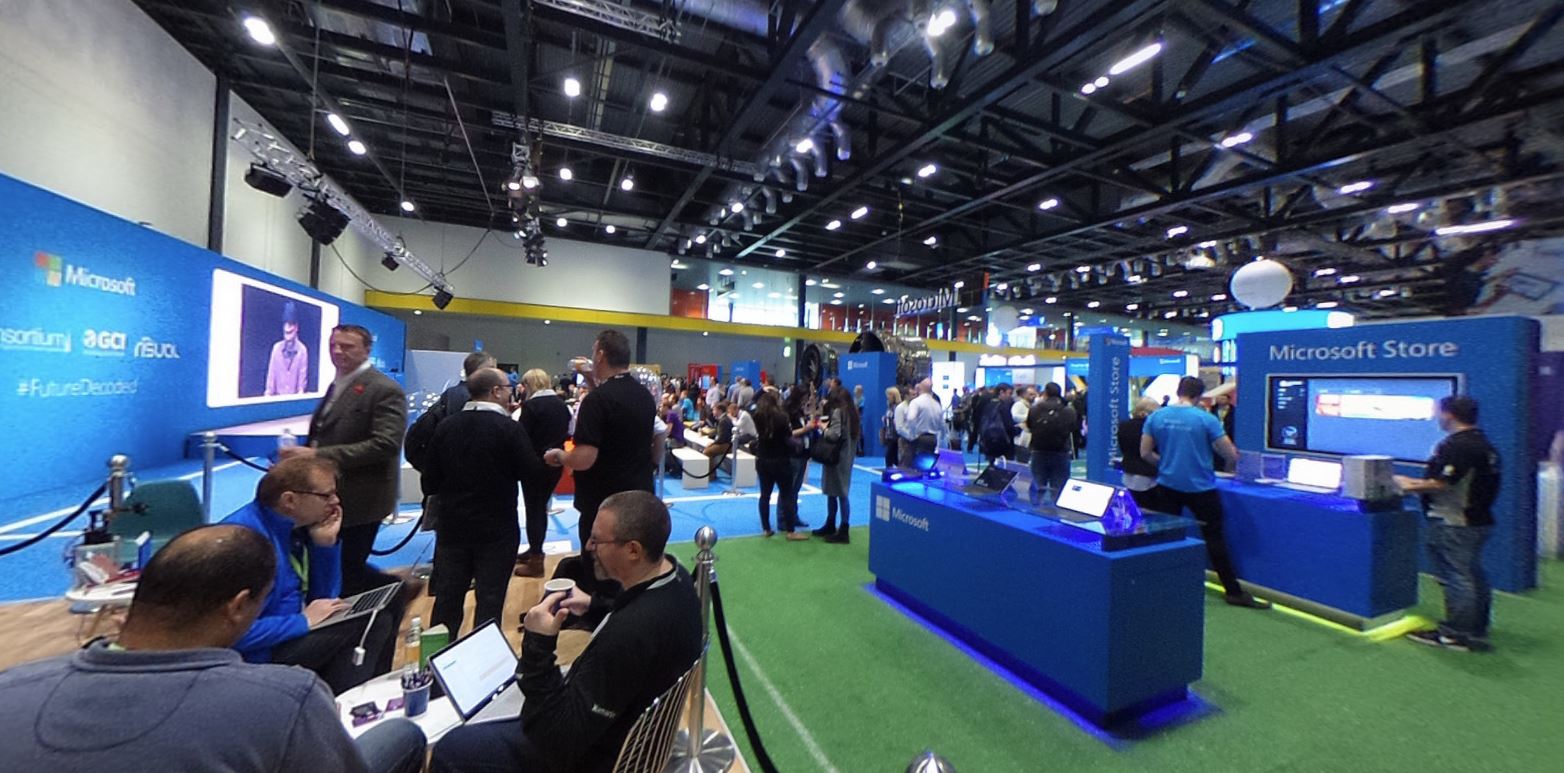I'm not very good at DIY. But I'm the cheapest labour I know, and so I've had a fair bit of practice over the years. As I was laying down each of the strips of flooring yesterday I got to thinking about how the experience of my decorating efforts maps onto writing code. I think there are some parallels here.
When I started doing DIY I'd measure everything and then cut to precisely the dimensions that I had measured. Then I'd find that none of the corners in the room were square and that lots of my carefully measured items were the wrong size. I'd also find that, because I'd sometimes misinterpreted the numbers from my careful measurements, I'd make things the wrong size anyway. Unhappy times.
Nowadays I don't measure anything. I hold up the next piece of flooring against the hole that I'm filling at that time, mark it off and then cut it directly. If the size of the room changes as I move down it (and it does) then my process will automatically take this into consideration. And because I don't write things down there's no chance of any errors creeping in.
You can have exactly the same experience when you write software. If you establish the specification at the start and then just build the thing you can be pretty much sure that it will be wrong. Much better to make something, play with it, and then build on top of that. By iterating and refining as you go you'll end up with a much better product.
Oh, and one other thing I do is work "with" the job rather than against it. If I cut a piece of flooring a couple of millimetres too small there'll be a tiny gap that hardly anyone will see and nobody will care about. If I cut the flooring two millimetres too big it won't fit, which is much more of a problem.
In a programming situation you need to find out what things about the project are critical and make sure that you get those things right. It's also useful to know where you have some flexibility in the specification. Remember that there is no such thing as a perfect solution, just ones that make the user happy and ones that don't.
At the moment (i.e. nothing has fallen off) the results of my job make me quite happy.



























